Health Sciences building brings department together
New building now houses all eight Health Science programs and new technology
May 4, 2022
Clinical Physiology, Nutrition and Public Health, EMS Paramedicine and Food Science programs are now housed in the same building. The 81,395 square-foot Health Sciences building had its grand opening on April 29.
Before the opening, these programs were scattered between five different buildings, according to Health Sciences Department chair, Ethan Bergman.
In a speech given at the opening ceremony, Bergman said “Our 30 faculty members and our eight degree programs are all over the place. And this building has brought us back together. We’ve never been together in the same building.”
Tishra Beeson, who works for the Public Health Department, said that the future of health science and health care is working together collaboratively.
“As an educator, the biggest gift that we can have is bringing all types of learners together, researchers, community members, to have a space that’s dedicated to health sciences,” Beeson said. “To have a space, I call it a home for health sciences on campus, to have a home for that to take place is life-changing.”
Beeson said this new building houses state-of-the-art simulations that can be used to help train students.
“Students for decades are going to see the benefit of investing in those types of innovation,” Beeson said. “This is such a phenomenal facility.”
Beeson said, now that all the departments are back together, they can have new learning opportunities.
“To learn about how do we solve the world’s biggest health problems, and we can’t do it alone. We can’t be siloed in our own areas without ever working together,” Beeson said.
David Gee, professor of food science and nutrition, said the kitchens in the new facility were specifically designed for consumer use, not commercial use.
“We didn’t want to have high-end commercial level stuff that people would learn how to cook on things, so if they got their dream home, they would be able to cook,” Gee said.
Being able to learn in kitchens designed for consumers as opposed to kitchens designed for commercial use is important because Gee said most Americans have given up on cooking.
“Seventy-five percent of all meals in the United States are ready to eat or ready to heat,” Gee said.
Gee said they now have a lot of new equipment that allows them to assess nutrition. Along with the new equipment for nutrition, Gee also added that he is most excited about the new laboratory facilities.
Chicena Mortimer, first-year graduate student in the human and integrated human physiology program, also gave a speech at the opening ceremony. She began her graduate experience in Purser Hall, and said she spent a lot of time commuting from classes and graduate assistant assignments. Now that the building is completed, she said she is excited about the new technology.
“My thesis project is on diaphragm ultrasound,” Mortimer said “This is the first ultrasound imaging equipment that we have at this university within this building.

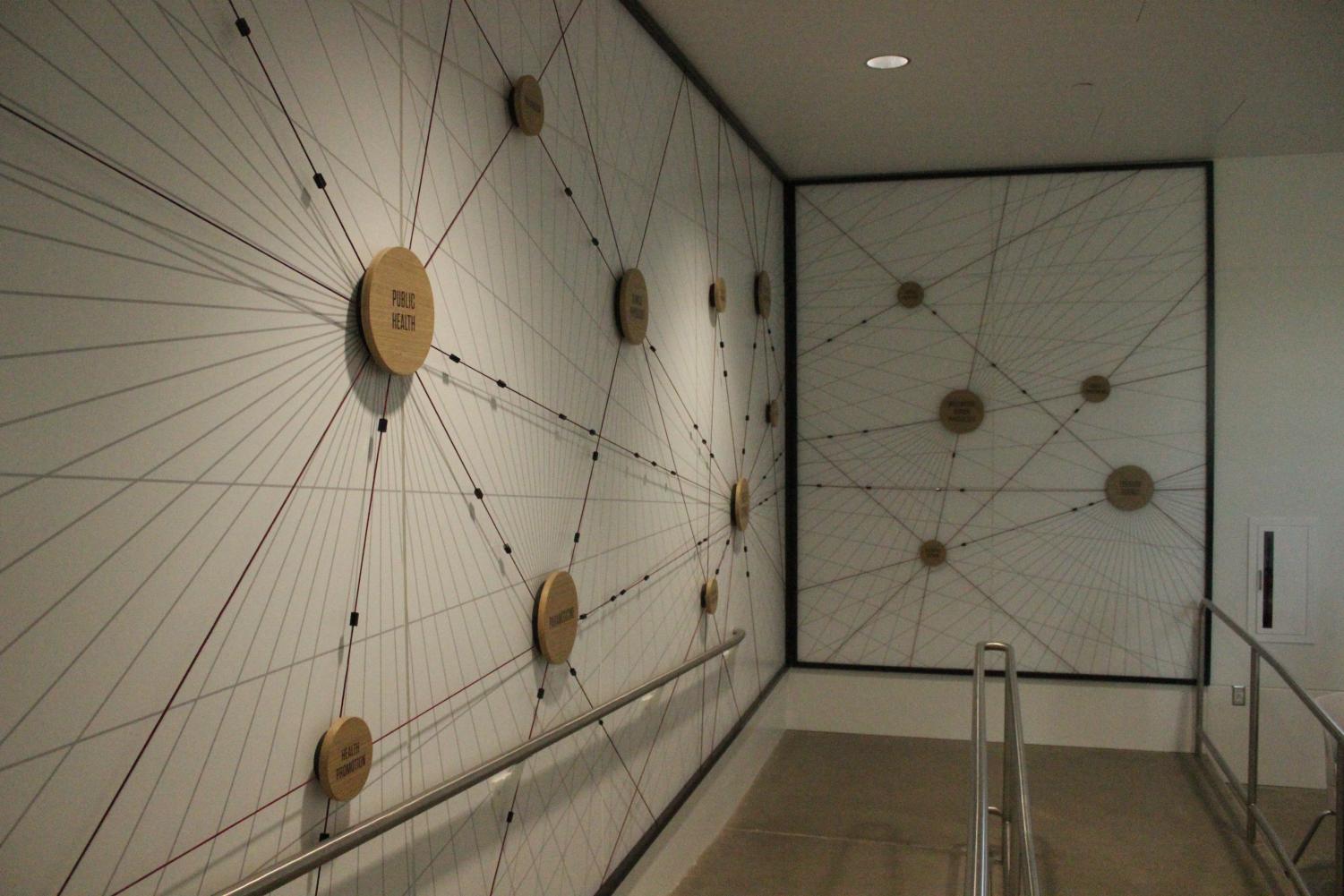


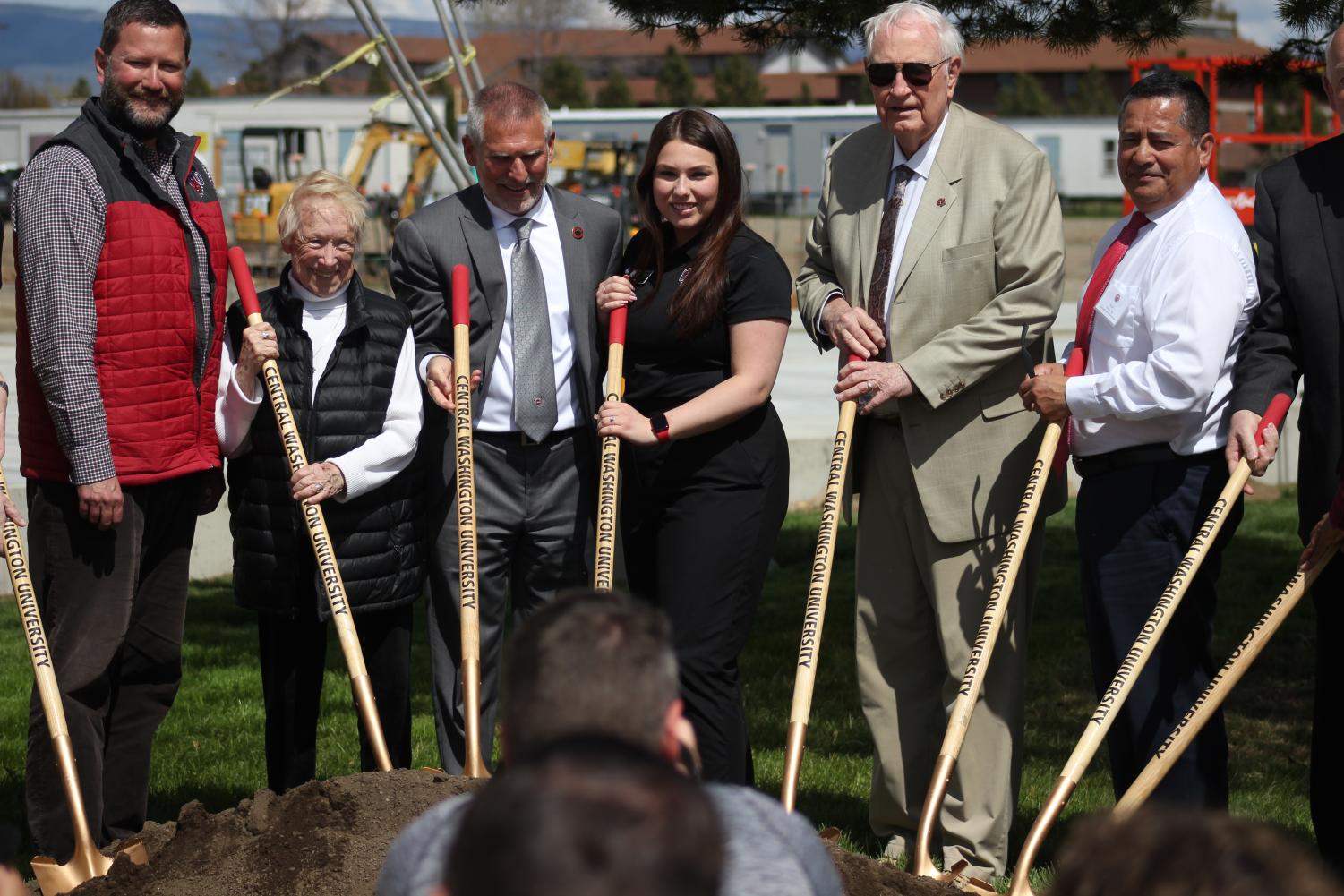
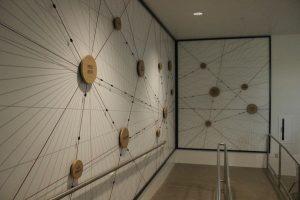
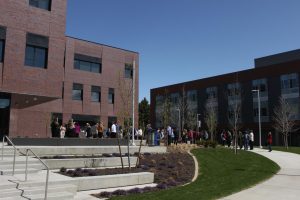
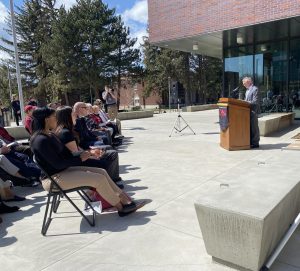
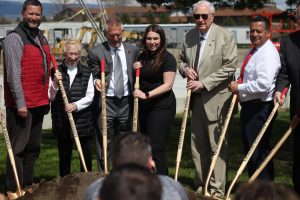
Bryan • Jul 27, 2022 at 8:20 pm
Helpful and informative article!